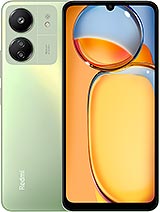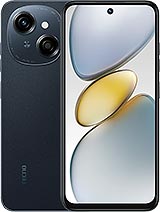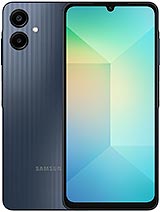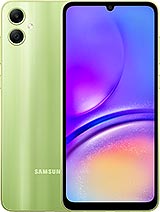Redmi 14C alternatives
Tap above to see alternatives.
Vivo Y18i alternatives
Tap above to see alternatives.
2x2.2 GHz Cortex-A78
6x1.95 GHz Cortex-A55
2x1.8 GHz Cortex-A75
6x1.8 GHz Cortex-A55
4GB 128GB (UFS 2.2)
6GB 128GB (UFS 2.2)
f/1.8, 27mm (wide), PDAF
Auxiliary lens
2MP
f/2.2, (wide), PDAF
0.08 MP
f/3.0 (auxiliary lens)
f/2.0
f/2.2, (wide)
SIM1: Nano, SIM2: Nano
SIM1: Nano, SIM2: Nano
7 5G bands
n1, n3, n5, n8, n28, n40, n78
In this performance comparison, the Redmi 14C with its Qualcomm Snapdragon 4 Gen 2 (4nm) performs better than the Vivo Y18i with the Unisoc Unisoc T612 (12nm), thanks to superior chipset efficiency.
Redmi 14C offers 2 years of OS updates, whereas Vivo Y18i provides 1 years. For security updates, Redmi 14C offers 4 years of support compared to Vivo Y18i's 2 years.
Both Redmi 14C and Vivo Y18i use LCD screens. In terms of smoothness, Redmi 14C offers a higher 120 Hz refresh rate, ensuring fluid scrolling and animations. Redmi 14C also boasts a brighter screen with 600 nits of peak brightness, enhancing outdoor visibility. Both phones have the same screen resolution.
Redmi 14C comes with a larger 5160 mAh battery, which may offer longer usage on a single charge. Redmi 14C also supports faster wired charging at 18W, compared to 15W on Vivo Y18i.
Vivo Y18i offers better protection against water and dust with an IP54 rating.
- Redmi 14C – Check price here
¹ Scores can vary even with the same chipset due to RAM, thermals, and software optimization.












